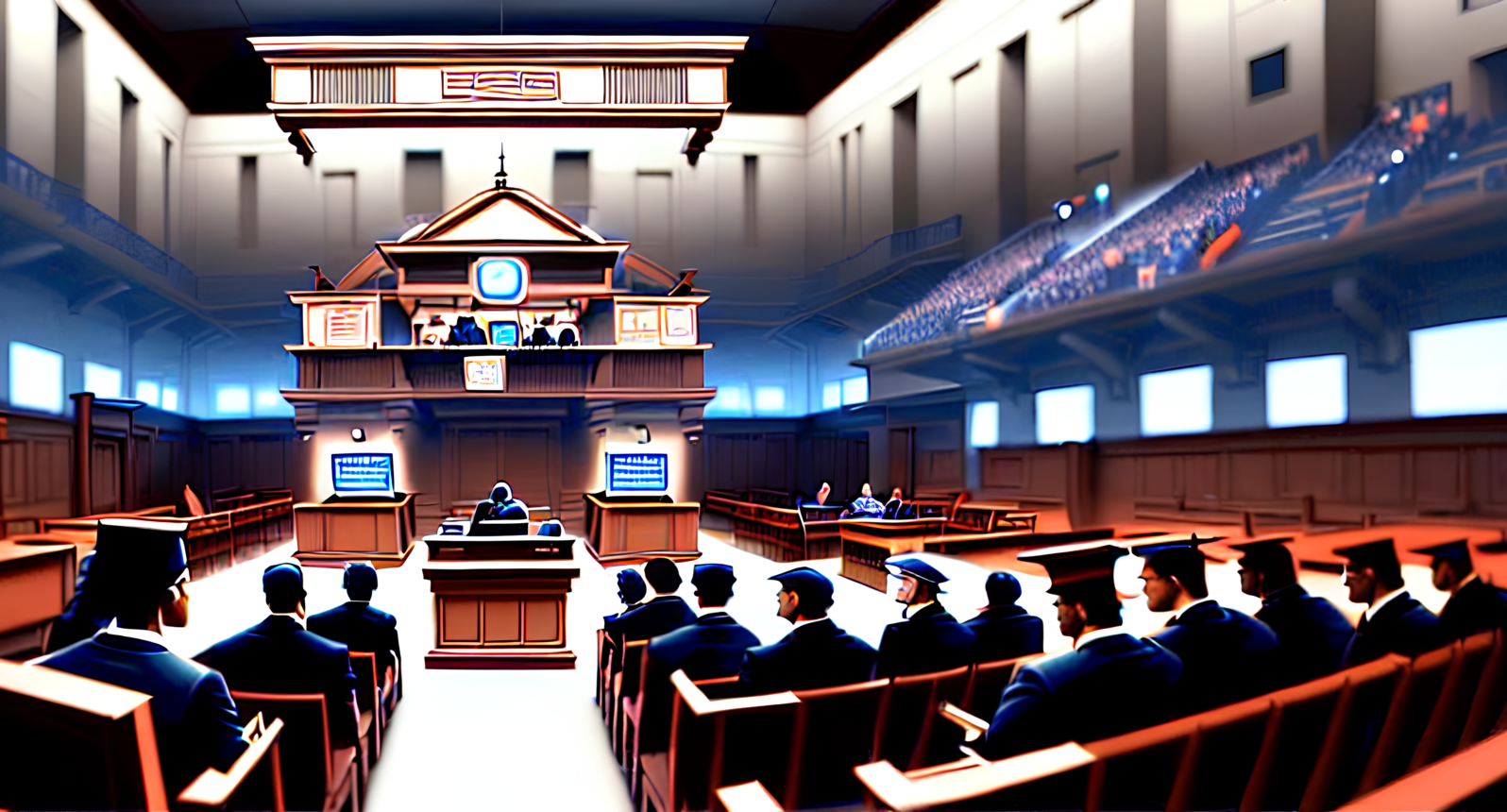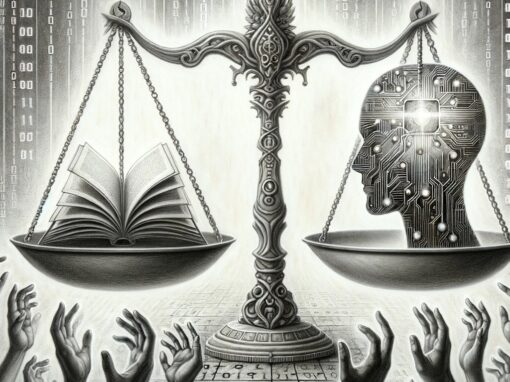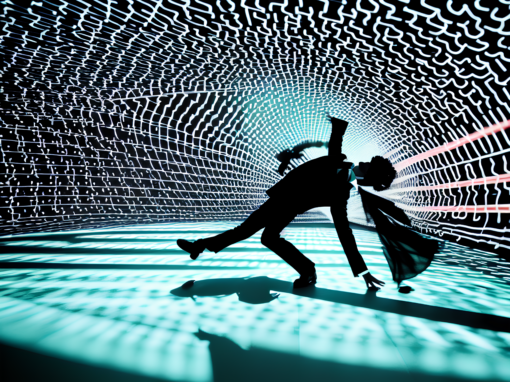In the canvas of technological advancements, the threads of artificial intelligence weave an intricate tapestry – vibrant, dynamic, and boundlessly innovative. However, as we navigate through the complexity and dynamism of the artificial intelligence landscape, we find ourselves at an intriguing crossroads – where human creation and synthetic innovation intermingle, generating a cloud of questions that blur the lines between technological progress and intellectual property rights.
Stability AI Ltd, a product of human ingenuity, stands at the forefront of this juncture. The company’s recent endeavors, AI Image Products, mark a significant leap in how human data and technology can synergize. However, beneath this accomplishment lies a contentious issue: the allegation that these products were created using copies of human creations without appropriate permissions.
Midjourney, Inc., another major player in the AI arena, finds itself embroiled in a similar quandary. With their product – the Midjourney Product, allegedly built upon the base of Stable Diffusion, they too have found themselves accused of instigating third parties to create ‘Fakes’.
In a particularly dramatic chapter of this tale, Stability AI, Inc. finds itself confronted by a titan of the stock photography industry – Getty Images. Allegedly manipulating Getty Images’ watermark and implying false association, Stability AI, Inc. stands accused of misleadingly appropriating copyrighted material.
This intriguing scenario stirs an industry-wide debate on AI and originality, warranting our thoughtful exploration. Imagine Stability AI Ltd., an innovator in the technological realm. It’s famed for its application of AI, but it’s embroiled in a controversy that questions the very nature of creativity. Is it a creator leveraging AI’s potential, or is it breaching the invisible boundaries of intellectual property rights?
In support of the allegations levelled an interesting example is presented of output images from Stable Diffusion (via the DreamStudio app) using a specific text prompt—“a dog wearing a baseball cap while eating ice cream” . The resulting images seem to be wearing baseball hats, but only one seems to be eating ice cream. The two on the right seem to be eating meat, not ice cream. This is used to demonstrate how the AI system works and how it might be misusing copyrighted images. Are these AI-generated images purely a result of the input prompt, or do they border on copyright infringement?
Rombach’s diffusion model, used by Stability AI Ltd., further fuels this fascinating discourse. The very prompts that serve as the learning foundation for the AI may harbor potential copyright issues. What seems an innocent learning exercise could transform into a legal labyrinth.
I believe, we need to reassess our understanding of creativity. Should we argue that AI, devoid of human input, cannot create works eligible for copyright protection? Could we consider the AI itself as the creator, muddling the waters of copyright infringement? Or should we challenge the notion of originality in the products of AI? Maybe we view AI as a mere tool, a digital equivalent of a camera or a paintbrush, with the onus of creativity and originality lying solely on the human user. Perhaps we should argue the necessity or inevitability of utilizing copyrighted images for AI advancements.
In this mesmerizing dance between AI’s relentless innovation and the sanctity of human creativity, where do we draw the line? And who, in the end, holds the reins of the original creator: the human data at the genesis of it all or the AI that weaves this data into tangible, identifiable, and, most importantly, copyrighted realities? The final act of this drama is yet to unfold, and as we brace ourselves for the denouement, we are left wondering – where does the originality of human creation end, and where does the synthetic sin of infringement begin?
As we stand on the precipice of this profound discussion, we must delve deeper into understanding the nature of AI and its implications on human creativity and intellectual property rights. It’s time we confront these ‘synthetic sins’, for the path we pave now will shape the direction and ethical guidelines of future AI innovation.



